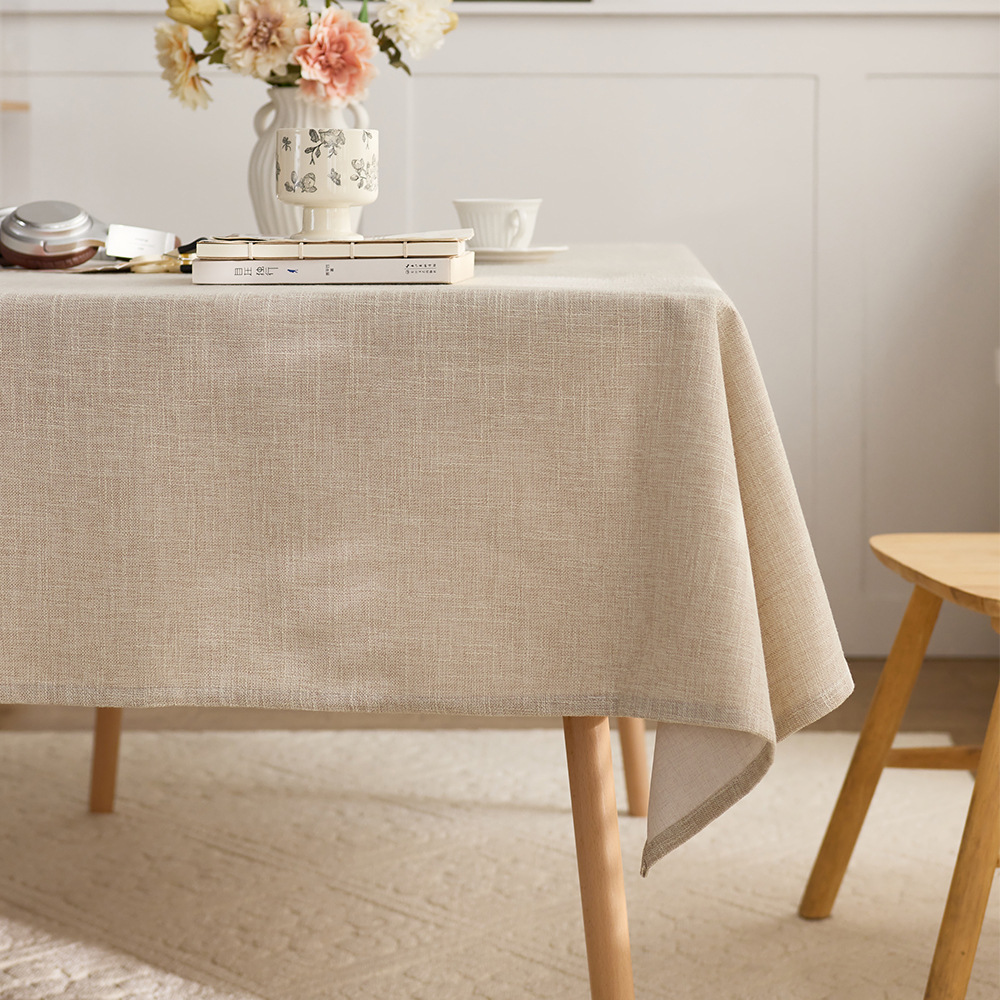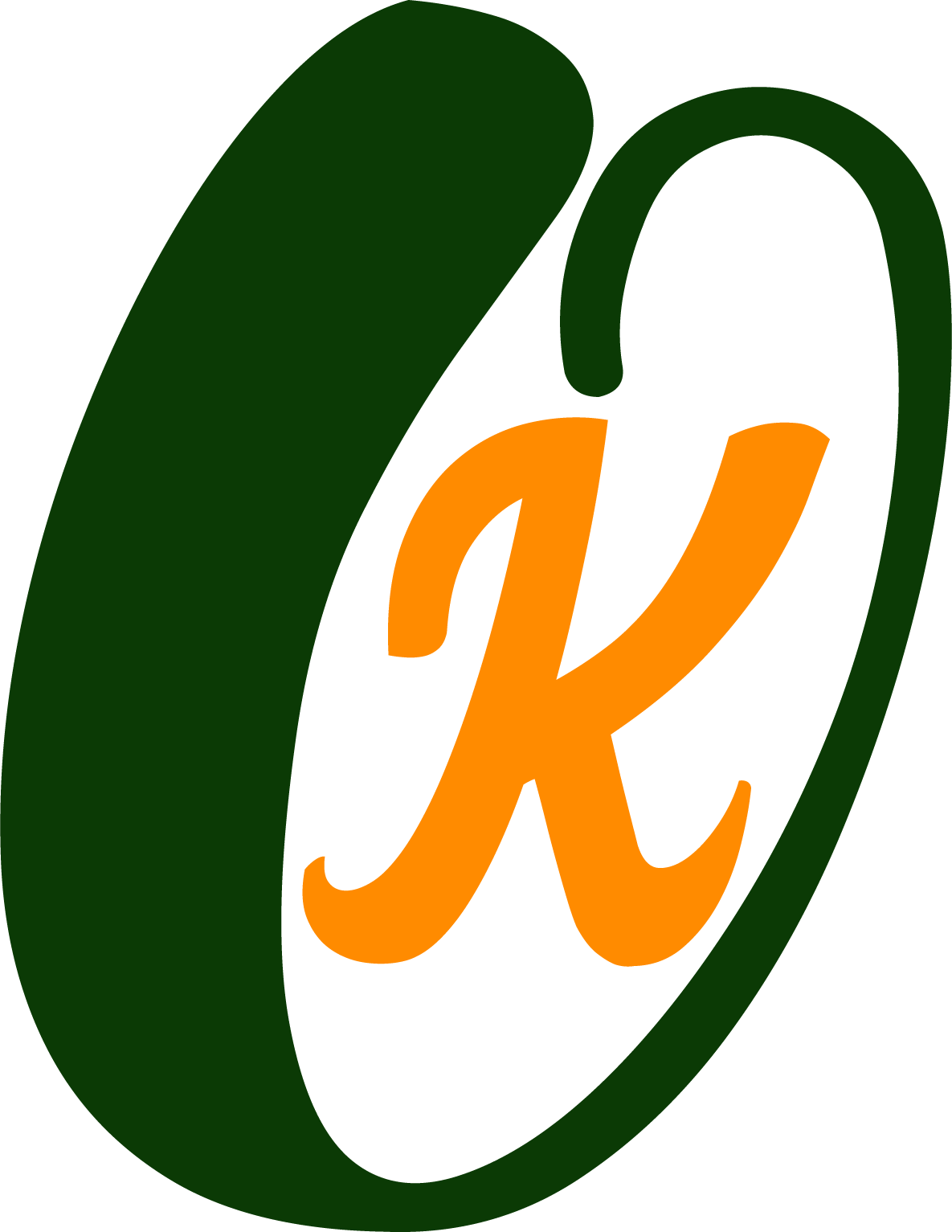
What Size Tablecloth for Cocktail Table? A Complete Guide to Vintage and Retro Tablecloth Sizing
Choosing the perfect tablecloth size is key to creating a beautiful, cohesive look—whether you’re hosting a casual brunch or a formal dinner. Getting the fit right not only enhances your table’s style but also protects its surface, especially when working with delicate vintage table linens or eye-catching retro style tablecloths. This guide will walk you through how to measure your table, determine the best dimensions, and care for timeless fabrics like vintage embroidered linens and vintage fall tablecloths to ensure a flawless fit every time.
Step 1: Measure Your Table Accurately
Start by measuring your table’s length and width for rectangular or square shapes, or the diameter for round tables. Use a reliable tape measure and write down the exact numbers—you want precision here to avoid a tablecloth that’s too small or overly large.
For rectangular tables, note both length and width. For square tables, measure one side. For round tables, measure straight across the center from one edge to the other. If your table has leaves that extend its size, measure those too. You might want a tablecloth that fits both sizes or even consider two different cloths for versatility.
Step 2: Decide on Your Ideal Overhang
The overhang (or drop) is how far the tablecloth hangs over the edges. This affects both the look and practicality. For everyday dining, a 6 to 10-inch overhang is ideal—it’s neat, won’t interfere with seating, and keeps the cloth stable.
For special occasions or to highlight vintage embroidered linens’ intricate details like lace or stitching, aim for a longer 15 to 20-inch drop. This adds a touch of elegance and luxury.
Vintage fall tablecloths, with their warm autumn colors and patterns, look best with a moderate 12 to 15-inch overhang, balancing style and functionality without overwhelming the table.
Step 3: Calculate the Perfect Tablecloth Size
Once you have your table measurements and preferred overhang, calculate the tablecloth size:
- For rectangular or square tables, add twice the overhang to both the length and width.
Example: A 6-foot (72-inch) rectangular table with a 10-inch overhang needs a tablecloth that’s 72 + 20 = 92 inches long and (width + 20 inches). - For round tables, add twice the overhang to the diameter.
Example: A 48-inch diameter table with a 12-inch overhang needs a 48 + 24 = 72-inch round tablecloth.
Step 4: Special Tips for Vintage and Retro Table Linens
When working with vintage table linens, sizing can be tricky. Older fabrics, especially linen, may shrink with washing, and cuts from past eras might differ from today’s standards. Always measure your vintage pieces carefully before use. If unsure, choose a slightly larger size—extra fabric can be tucked or styled without damaging delicate vintage embroidered linens.
Retro style tablecloths, often bold and graphic, benefit from a clean, tailored fit. A 6 to 8-inch overhang works well, letting their vibrant mid-century patterns stand out without looking messy.
For vintage fall tablecloths, which tend to be heavier and textured, a 10 to 12-inch overhang helps the fabric drape nicely, enhancing the cozy, nostalgic atmosphere of autumn gatherings.
Step 5: Care Tips to Maintain Your Tablecloth’s Fit
To keep your vintage and retro tablecloths looking their best:
- Hand wash vintage linens in cold water with mild detergent to prevent shrinkage.
- Retro table linens made from cotton or polyester blends usually tolerate gentle machine washing.
- Avoid high heat drying; it can warp fibers and change the cloth’s size.
- Iron on a low setting, especially for linen, to keep your tablecloth smooth and flat, preserving that perfect overhang.

